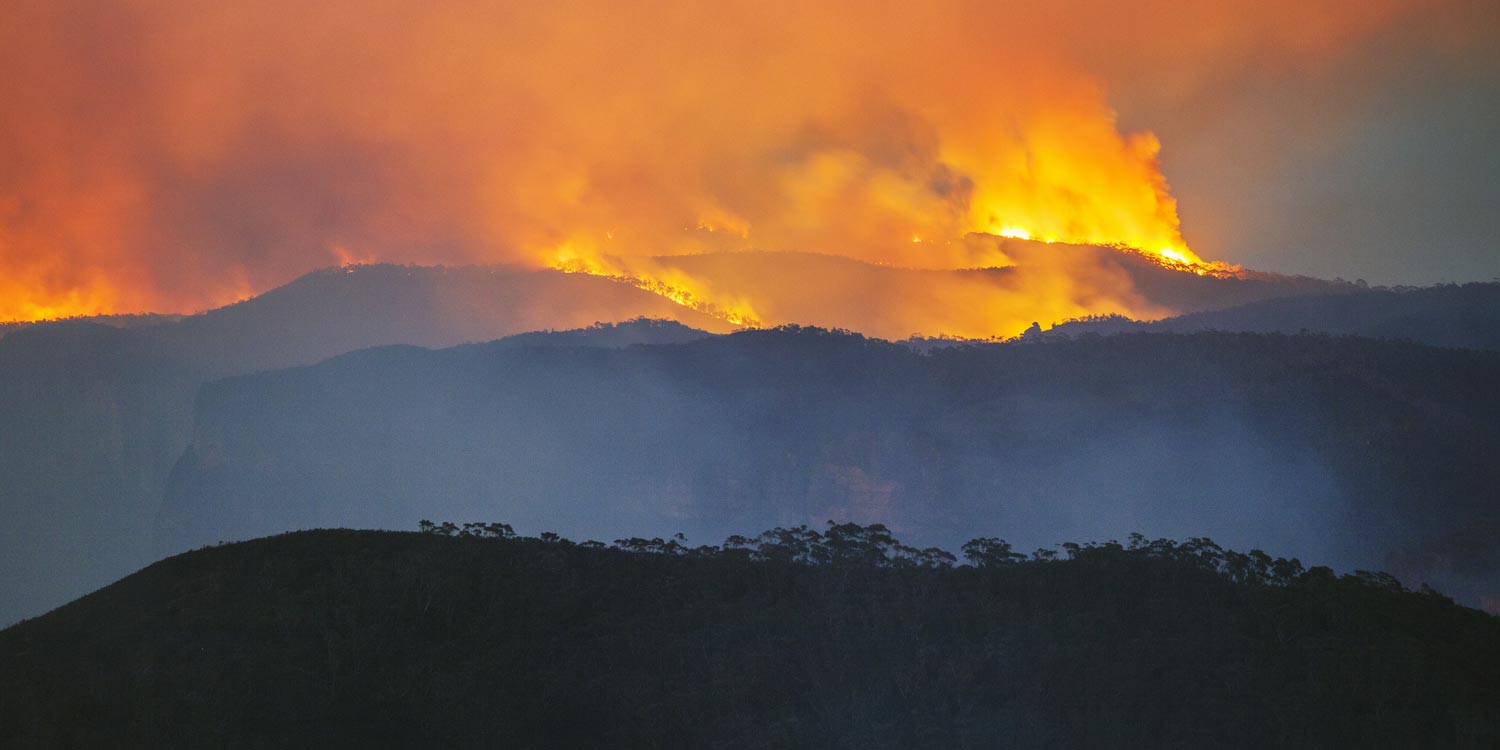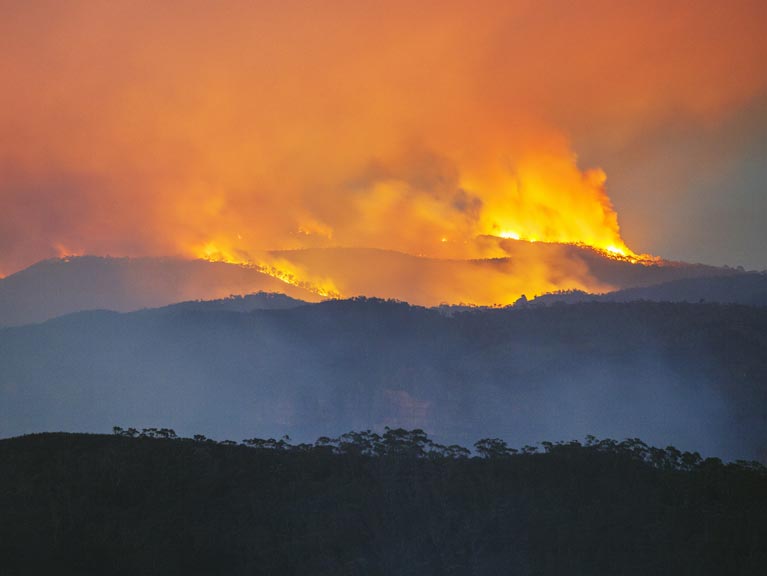AFR Energy and Climate summit
06 Dec 2022 4 min readNGS Super’s Chief Investment Officer, Ben Squires, attended the AFR Energy and Climate Summit in October. We’ve shared his general observations and notes on the key themes below.
Introduction
This summit marks a pivotal moment in recent history, where the effects of human-induced climate change have reached a tipping point.1 The science of climate change is broadly accepted by governments, policymakers, businesses and consumers, as well as the fact that a rapid transition to a zero-carbon world is essential if we want to prevent catastrophic impact to the natural environment and severe economic losses. It’s not an exaggeration to say that a war-time effort is needed.
The conference attracted many high-profile individuals, including federal and state ministers, CEOs of major energy companies, academics and key government bodies.
Australia is extremely well-placed to rapidly decarbonise its energy system and convert every household to a decentralised power plant. We have enough wind and sunlight to become a superpower in the energy space, with the potential for a vibrant renewable energy export market and to build a manufacturing base, given our competitive advantages of an abundance of raw materials and skilled labour.
From an investment perspective, the opportunities are significant and far-reaching. NGS Super is well ahead of the curve in terms of setting an ambitious target to decarbonise our portfolio; we have also made investments in infrastructure and technology that will help the transition to occur. Every part of the economy needs to contribute to decarbonisation efforts and regulations like the Inflation Reduction Act in the US are providing the incentive/motivation to fast-track the investments required — NGS has several key investments that will benefit materially from these regulations.
Despite the energy crisis in Europe, investment in renewable energy has only increased as most European nations recognise that energy independence can only be achieved through the production of clean renewable energy.
Here are some of the key themes that were addressed in the conference.
Opportunities abound
With the most land area exposed to sunlight and the second highest wind rates (behind Antarctica) in the world, Australia can transition from a fossil fuel economy to a renewable energy superpower, exporting energy to other countries. Investment is key, as we need about 9 times current investment to reach the target of a 43% reduction in emissions by 2030.
There is over $100 billion2 of investment needed in low-emission technologies over the next decade and this is expected to add $890 billion of value creation within the economy over the same period.
The federal government and the states are sending a strong signal to the markets and international participants.
It’s already happening
The step change exit from coal is happening with 5 coal-fired power stations to close by 2030 and early closures already happening.
The Australian Energy Market Operator predicts that by 2025 there will be times when 100% of Australia’s energy will be provided by renewables.
The Queensland government has announced that it will invest $62 billion in renewable energy and expects to create 100,000 new jobs in the sector by 2040.
It’s also worth noting that electricity is only a third of our emission problem. We also need to solve for the hard-to-abate sectors such as agriculture, manufacturing of concrete and steel, and forms of transportation such as shipping and air travel. The CSIRO through its ownership in Main Sequence (an investment partner of NGS Super) is finding technological solutions to these hard-to-abate industries.
Technology: firming, storage and transmission
‘Firming’ essentially means keeping output stable from an intermittent power source (like solar, wind etc) and is obviously critical to the viability of renewable energy.
It is estimated that in addition to the 44 gigawatts of energy supply, approximately 36 gigawatts of firming capacity needs to be developed by 2030, and over 60 gigawatts by 2050. Energy Australia is investing in firming capacity — they are constructing a 1000-megawatt battery storage facility.
Connecting renewable energy to the grid has been the most significant roadblock to the rollout of renewable energy as the existing infrastructure (transmission lines) isn’t located where the wind is blowing and the sun is shining. Gaining landowner and community approval has prevented sufficient investment in transmission.
One of the major engineering challenges that’s arisen from rooftop solar is the amount of energy coming back into the grid which causes instability. Storage is a critical piece of infrastructure required to deal with peaks and troughs in energy production and consumption.
Social licence is critical
Social licence — broad community acceptance and approval — was discussed numerous times by many presenters as a major challenge to both new projects and transmission infrastructure.
Most rural areas and landowners object to transmission lines on their property or within their communities, so incentives (compensation) are required to gain social acceptance. The alternative is compulsorily acquiring the land, which is politically unfavourable.
Social licence is about compensating those stakeholders impacted by the transition who don’t receive any value.
Conclusion
I came away from the conference with a sense of hope that the collective efforts across federal and state governments were aligned and that businesses have very clear signals to invest with confidence. The future looks renewable!
1 In climate science, a tipping point is a critical threshold that, when crossed, leads to large and often irreversible changes in the climate system. If tipping points are crossed, they are likely to have severe impacts on human society. Tipping behaviour is found across the climate system, in ecosystems, ice sheets, and the circulation of the ocean and atmosphere.
2 All amounts are in AUD unless stated otherwise.


